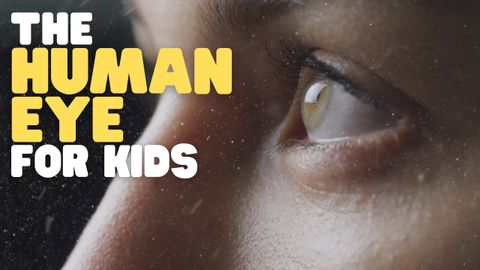兒童的人類眼睛 | 瞭解眼睛為何以及如何讓我們看到東西 (The Human Eye for Kids | Learn why and how eyes allow us to see)
Beyond Wu 發佈於 2024 年 07 月 16 日  沒有此條件下的單字
沒有此條件下的單字US /ɪk'strimlɪ/
・
UK /ɪkˈstri:mli/
- adv.極端地 ; 非常地;非常;從極端的角度來看
US /məˈtɪriəl/
・
UK /məˈtɪəriəl/
- n. (c./u.)布料;素材;資料;材料;物質
- adj.重要的;物質的
- v.t./i.翻轉 (身體);輕彈;啪地打開;翻轉;炒賣
- n.空翻;翻轉 (的動作);拋
- adj.輕率的
US /ˈplɛnti/
・
UK /'plentɪ/
- pron.豐富;很多
- n. (u.)大量;充足;很多
- adv.足夠地;充分地
- adj.很多的
